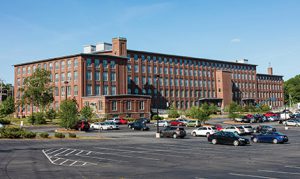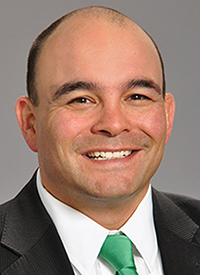CBRE | The Boulos Company sells Hathaway Creative Center for $20.15 million
 The Hathaway Creative Center - Waterville, ME
The Hathaway Creative Center - Waterville, MEWaterville, ME CBRE | The Boulos Co. completed the sale of The Hathaway Creative Center. The property sold to North River Hathaway, LLC by Hathaway Mill PO, LLC for $20.15 million. Hathaway Mill PO, LLC listed the mill for sale in August of 2016 with Chris Paszyc, CCIM, SIOR and Joe Porta, SIOR of CBRE | The Boulos Company in conjunction with Biria St. John of CBRE/New England.
This five-story, 236,000 s/f mill dates back to 1876, when it was operated as a cotton manufacturing mill. The Hathaway Shirt Company purchased the mill in 1956, until it ceased operations in 2002. The sellers purchased the property in 2006, and under their ownership, the newly named Hathaway Creative Center has undergone a transformation to class A office space and 67 modern apartments. The apartments are fully-leased. The property offers a mix of amenities that appeals to tenants including an onsite gym, business center, parking, and access to the navigable Kennebec River.
Significant tenants in the office space include MaineGeneral Health, Cengage Learning and Collaborative Consulting.
The buyer is an affiliate of North River Co., and was represented by Drew Sigfridson, SIOR of CBRE | The Boulos Company. North River Co. is a New York-based commercial real estate development firm with several significant assets in Maine including the Fort Andross Mill in Brunswick, the Pierce Atwood building and One and Two Portland Square, both located in Portland.
PROCON and Hitchiner break ground on 57,000 s/f shared services operations facility











